The central bank’s Financial Stability Report showed that while the impact of the pandemic continued, central bank policies, global inflation and the war between Ukraine and Russia, which can be defined by the rise in exchange rates and inflation, the presence of Mercenaries have doubled TL conditions in the last 1 year.
According to the report, as of March 2022, household wealth in Turkey has doubled over the past year, rising from 2 trillion 310 billion liras to 4 trillion 310 billion liras. Although the central bank charges this figure to all citizens, we know that financial assets are mostly owned by a small part of society. On the other hand, household liabilities, that is, debt, increased by 200 billion liras from 937 billion liras to 1 trillion 137 billion liras. 71 percent of the borrowers belonged to the middle and lower income group, which consisted of workers.
DOLLAR AND GOLD ACCOUNTS MULTIPLE
The report revealed that inflation and the rise in exchange rates did not hit all segments of society equally, while some, namely the rich, made them richer, while the middle and lower segments, particularly the blue-collar workers, could only survive by borrowing more . It turned out that the rich and the middle and lower classes were again not on board. Because while the rich multiplied their fortunes, the boat of the lower income group took on water. According to the report, the wealth of the rich rose from 2 trillion 690 billion lire in March 2022 to 4 trillion 310 billion lire last year. Of this, 705 billion came from DTH deposits due to the rise in the exchange rate, 350 billion from TL deposits, 183 billion from gold deposits, 106 billion from the rise in share price, and more than 200 billion from funds.
MEDIUM DIRECT NEEDS LOAN USES
On the other hand, the debt of the citizen who has no money increased by 200 billion liras and exceeded 1.1 trillion liras. Lira 120 billion of the debt increase was due to the credit card increase and Lira 75 billion to the general-purpose loan increase. About 80 percent of people with consumer credit debt have small credit debt (less than 50,000 TL). The credit debt of these individuals accounts for about 40 percent of total consumer credit. In order to mitigate the negative impact of the pandemic on households, it was observed in the second quarter of 2020 that the loans issued under the “Basic Needs Support Package” with small amounts were effective in increasing the loan balance from 0-50 thousand TL and the number of customers. In fact, the average debt level per person in the group below TL 50,000 was estimated to be around TL 15,000. From the third quarter of 2020, a significant part of the increase in debt reflected in the tables, which came from the segment with credit debt above TL 50,000 (medium direct citizen). The total debt balance of this segment increased significantly, reaching 259 billion TL in March 2022, and the share of the debt balance in the total consumer loan balance rose to 59 percent. It is estimated that this increase is partly due to the insufficient income, the increase in consumer goods prices and the increased demand with the expectation of inflation.
INTERESTING CREDIT CARD LIMIT REDUCTION
Despite inflation, the decline in credit card limit usage from 49 percent to 48 percent showed the bells were ringing in terms of spending. Under normal circumstances, this price increase should gradually increase usage of the limit. There was no significant change in the number of people taking out home loans. On the other hand, the share of employees in borrowing declined slightly in the third quarter of 2021, but was still above 70 percent. The increase in the share of the low-wage segment with income volatility in recent years also limits household credit risk.
#wealth #rich #doubled
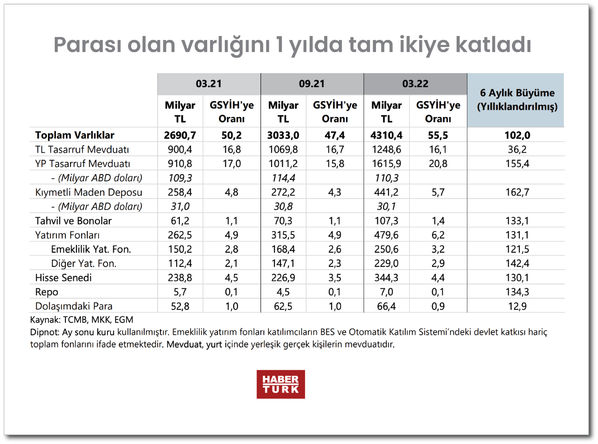
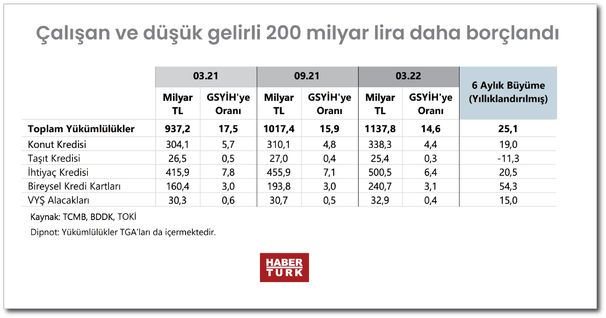
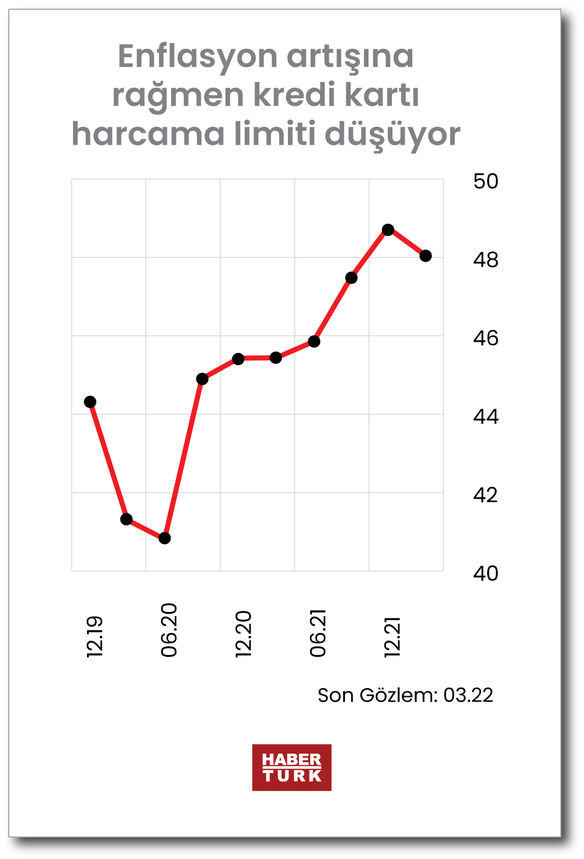
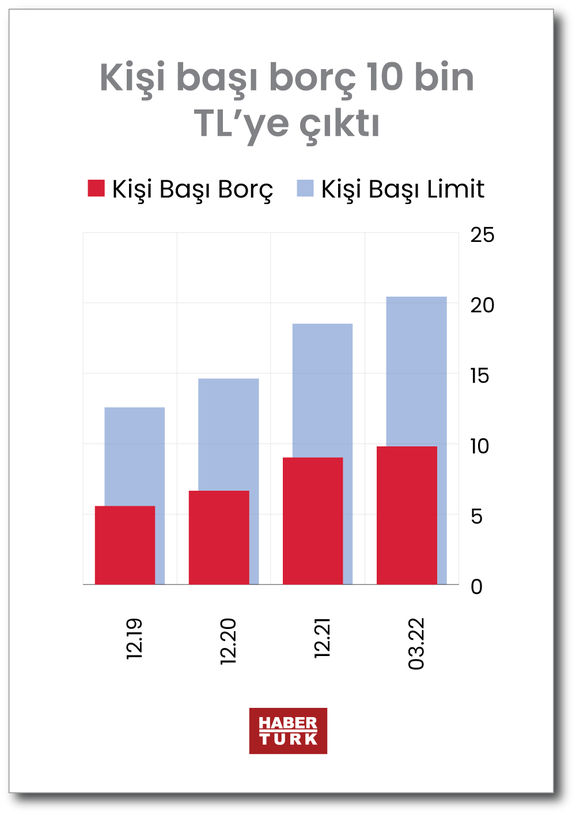
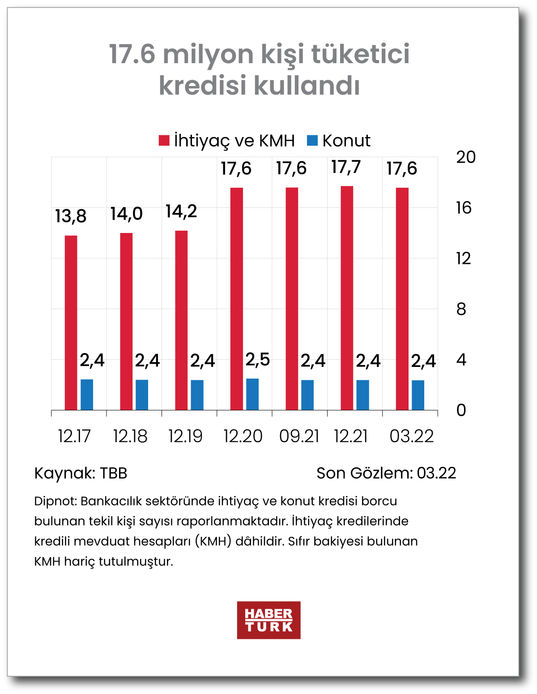
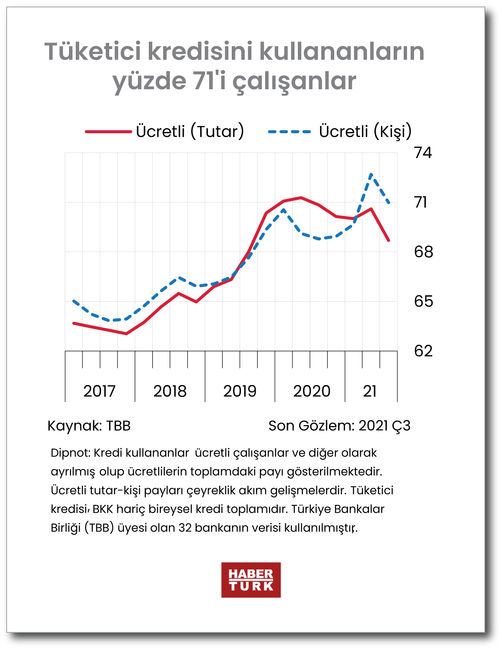
No comments:
Post a Comment